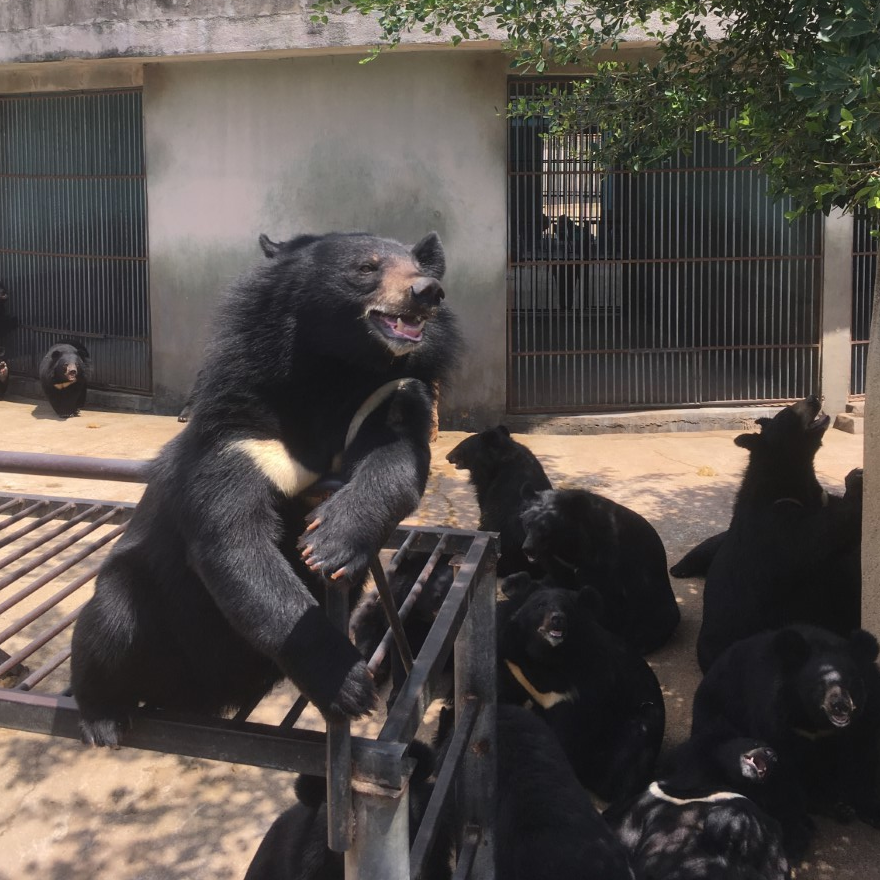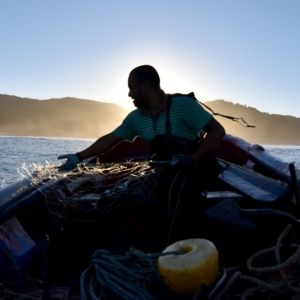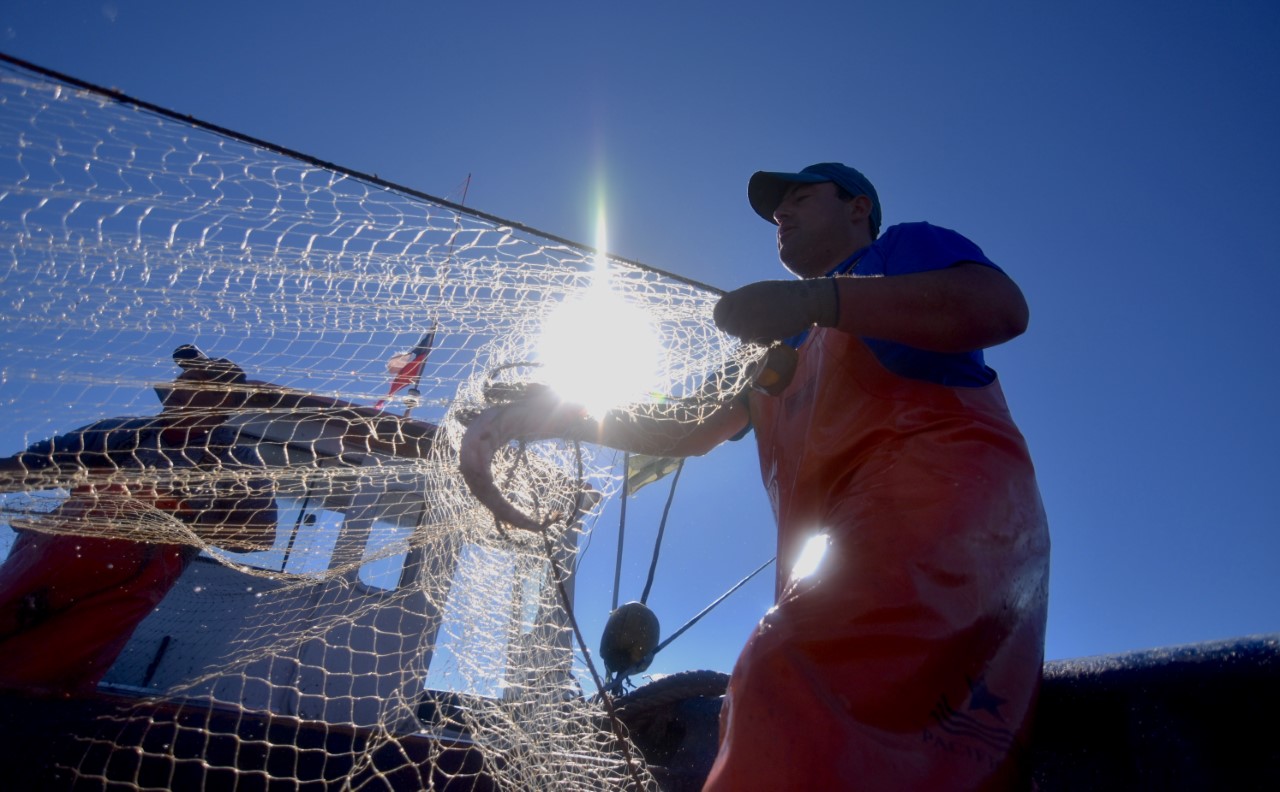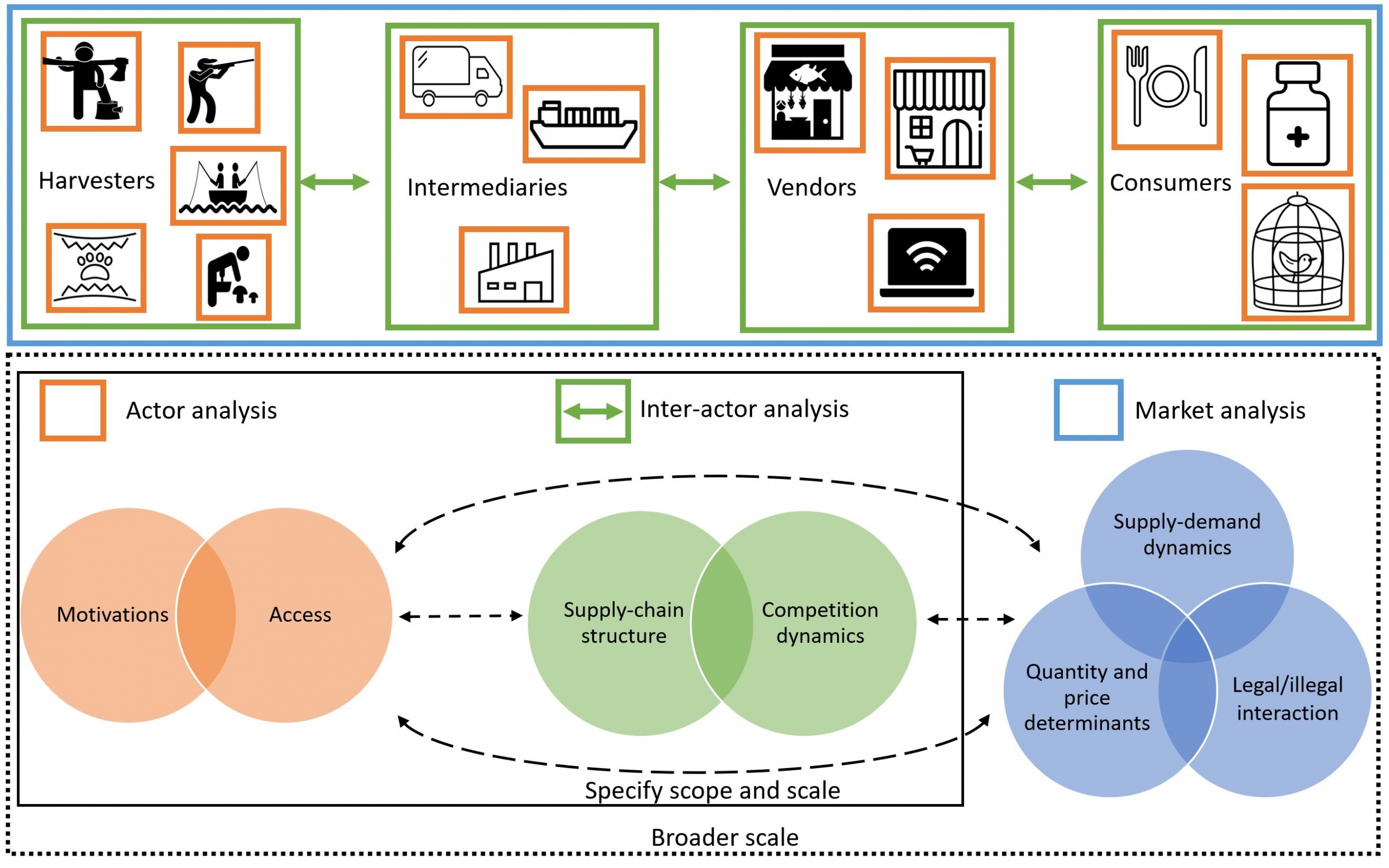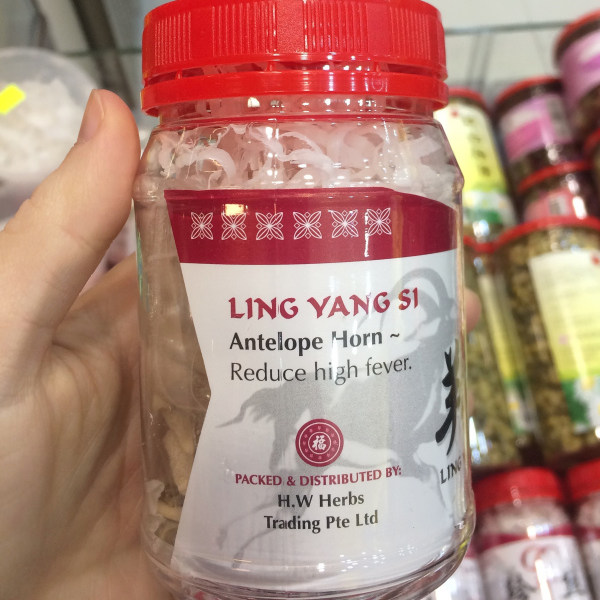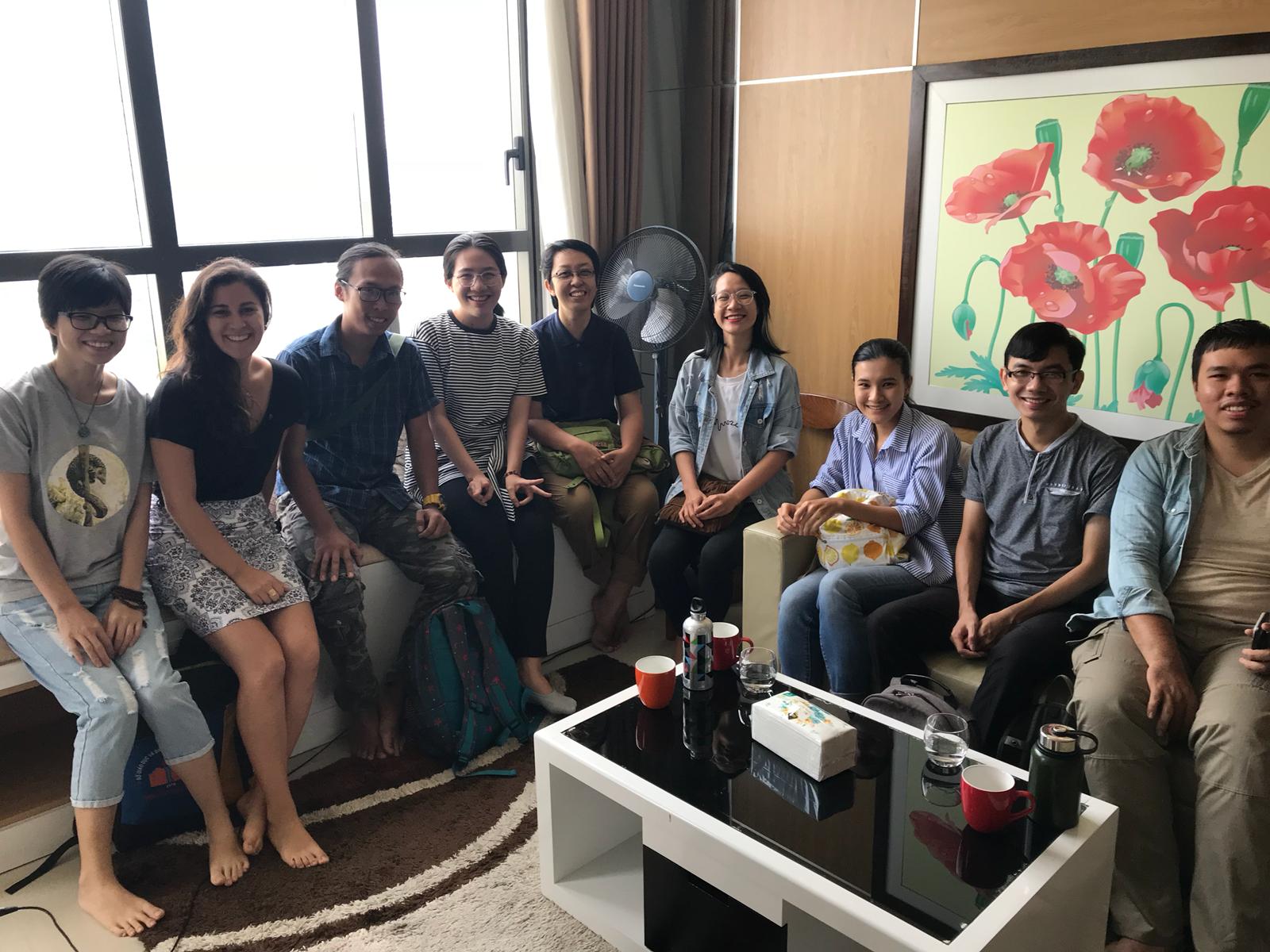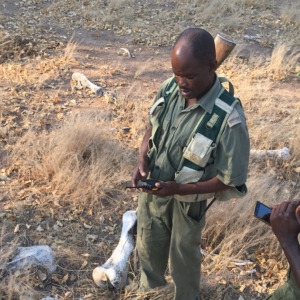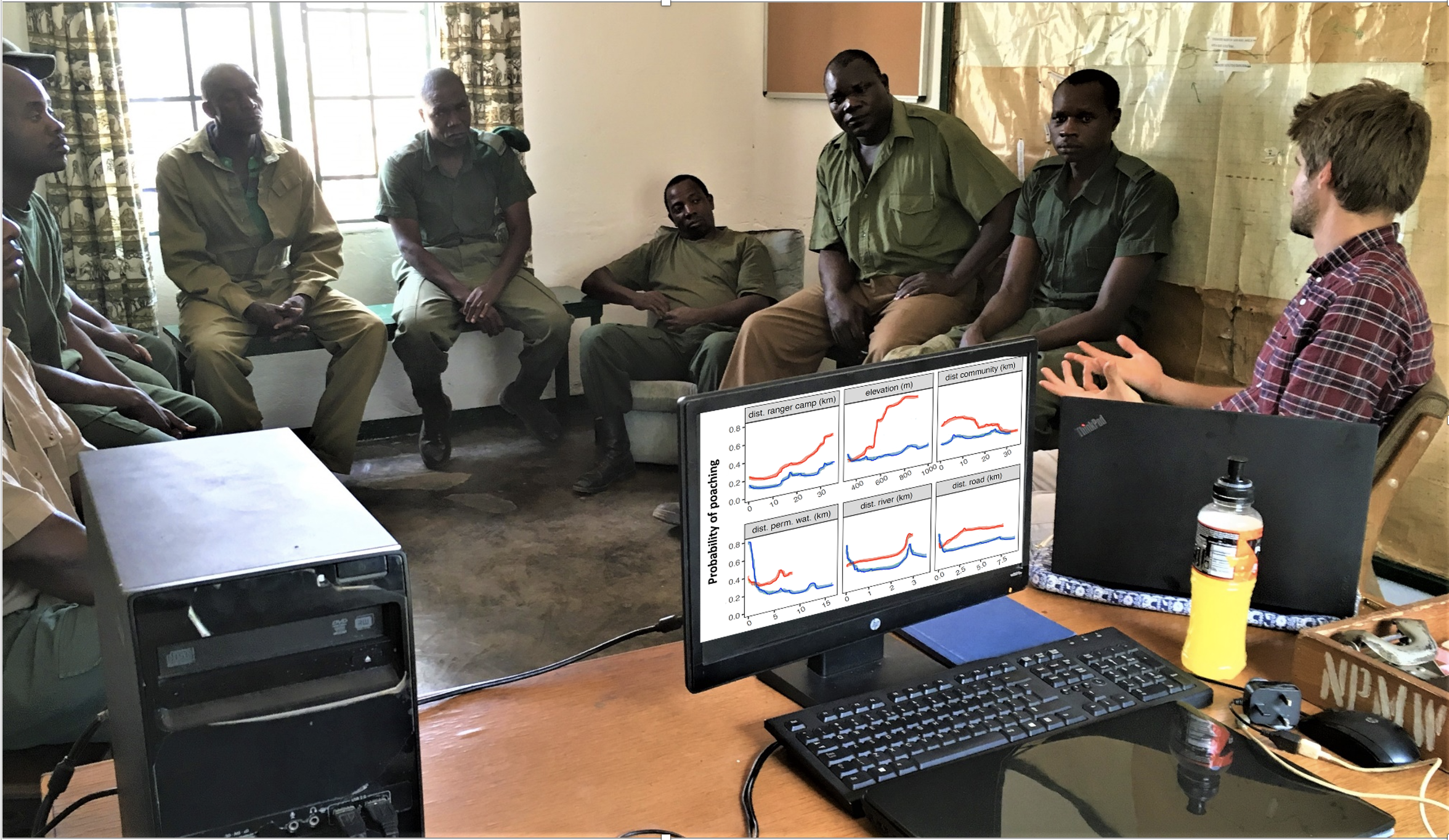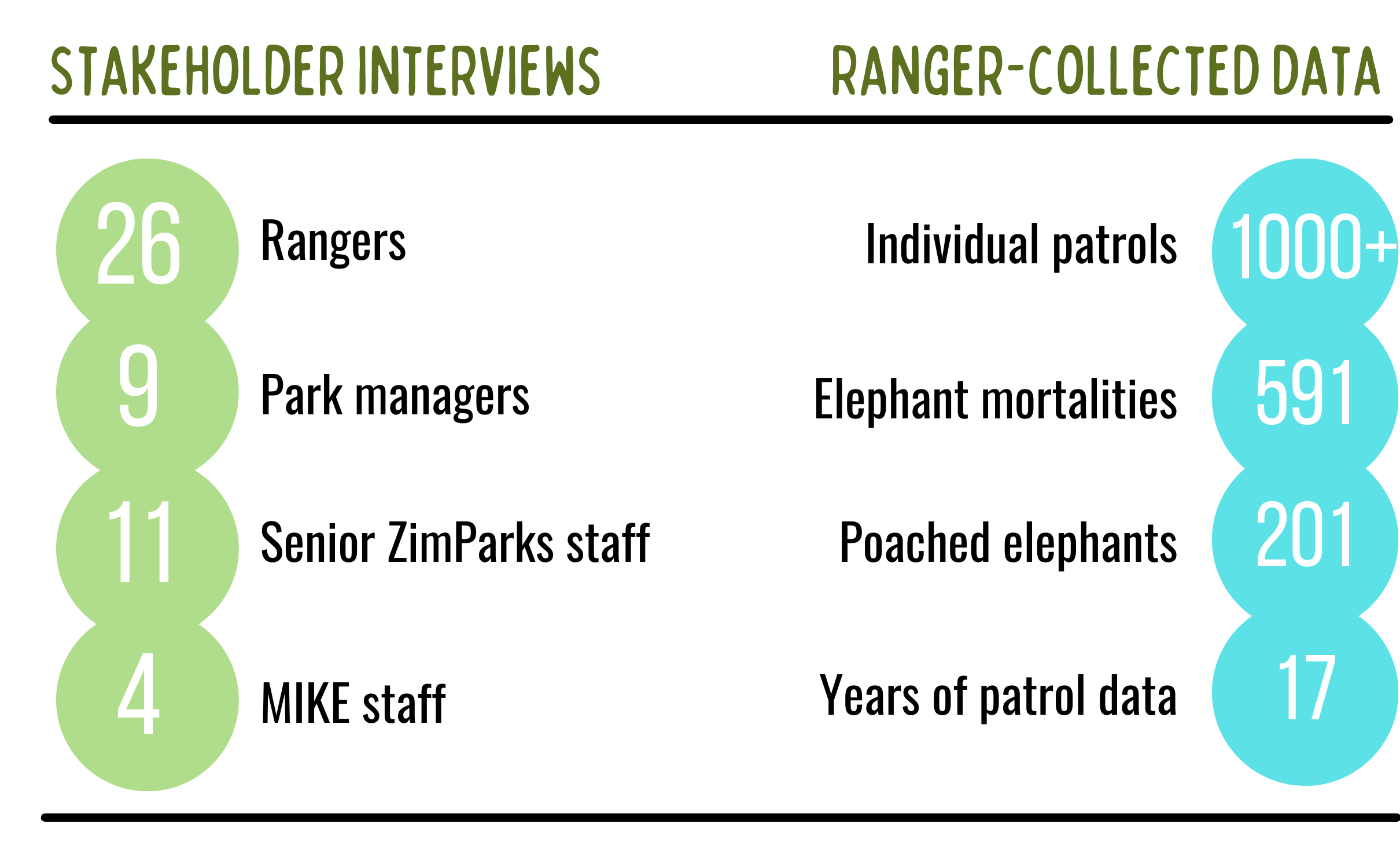Case Study 5: Illegal Jaguar Trade in Latin America: An Evidence-Based Approach to Support Conservation Actions
Oxford Researcher: Melissa Arias, Dr Amy Hinsley, Yuhan Li
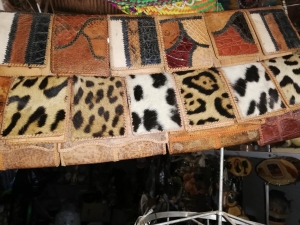
Wallets made of jaguar and other wildlife skin, found in Bolivia
In recent years, evidence suggesting an upsurge of trade in jaguar (Panthera onca) body parts to supply domestic and international markets has emerged throughout Latin America. Despite gaining significant media and policy attention, there is still limited understanding on the scale, drivers and characteristics of this threat to Latin America’s most iconic wild cat.
This case study aims to fill this knowledge gap and support decision-making to address jaguar trade by:
- Exploring the illegal trade chains, actors and motivations behind the illegal trade in jaguars in Mesoamerica, through key informant interviews. Read more here (email us for a copy):
- Estimating the prevalence of jaguar killing and trading behaviours, as well as the domestic and foreign uses of jaguar body parts in Bolivia through large-scale questionnaire surveys and indirect questioning techniques such as the Ballot Box Method. Read more here (open access):
- Arias, M., Hinsley, A., Nogales‐Ascarrunz, P., Negroes, N., Glikman, J. A., & Milner‐Gulland, E. J. (2021). Prevalence and characteristics of illegal jaguar trade in north‐western Bolivia. Conservation Science and Practice.
- Arias, M., Hinsley, A., & Milner-Gulland, E. J. (2020). Implementing the Ballot Box Method to reduce social desirability bias when researching sensitive behaviours in conservation. Oxford Martin Programme on Wildlife Trade Tools and Guidance. SocArXiv
- Understanding the socioeconomic, psychological and market-based drivers of commercial and non-commercial behaviours surrounding the illegal jaguar trade in Bolivia. Read more here (open access):
- Arias, M., Hinsley, A., Nogales‐Ascarrunz, P., Carvajal‐Bacarreza, P. J., Negroes, N., Glikman, J. A., & Milner‐Gulland, E. J. (2021). Complex interactions between commercial and noncommercial drivers of illegal trade for a threatened felid. Animal Conservation. acv.12683
- Check out the short (4-min) summary video, in English and Spanish.
- Exploring how jaguar trade evidence is, and is not, used for decision-making to conserve the species. More coming soon!
Other outputs associated with this case study as part of broader collaborations with other organizations and authors include:
- Arias, M., & Lambert, A. E. (2019). Jaguar trafficking dynamics in Latin America: Analysis Report. Wildlife Conservation Society.
- Arias, M. (2021). Illegal Trade in Jaguars (Panthera onca). A study in Support of CITES Decisions on Jaguars. Out soon!
- Multi-lingual multi-platform investigations of online trade in jaguar parts. Wildlife Conservation Society. Out soon!
And a few blogs:
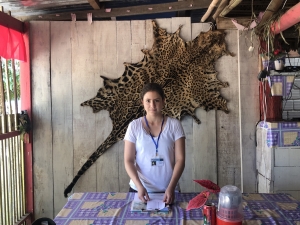
Melissa Arias conducting jaguar trade data collection in Bolivia
Data collection was based in Mesoamerica and Bolivia, in order to distinguish regional differences in the jaguar trade chain and market dynamics. Bringing together theories and methodologies from the social and natural sciences, including direct and indirect questioning techniques, interviews, online trade surveys, and literature reviews, this research will provide a comprehensive understanding of jaguar trade while also providing insights on the role of evidence within illegal wildlife trade.
Collaborating organisations: Wildlife Conservation Society Mesoamerica, San Diego Zoo, Asociación Boliviana para la Investigación y Conservación de Ecosistemas Andino‐Amazónicos (ACEAA), Colección Boliviana de Fauna
Thanks to the generous support of the:
Secretaría de Educación Superior, Ciencia, Tecnología e Innovación (SENESCYT), Wildlife Conservation Society Christensen Conservation Leaders Scholarship, Wildlife Conservation Network, Society of Conservation Biology Rufford Foundation, San Diego Zoo Institute for Conservation Research, St. Cross College, University of Oxford, and the Society of American Mammalogists.


